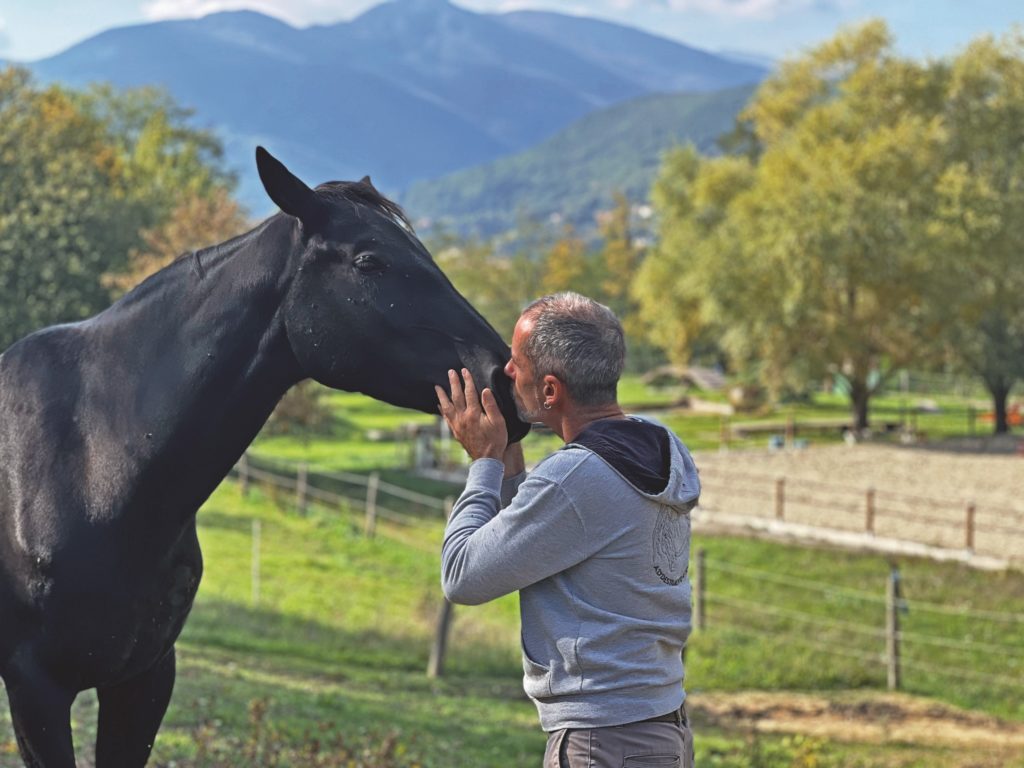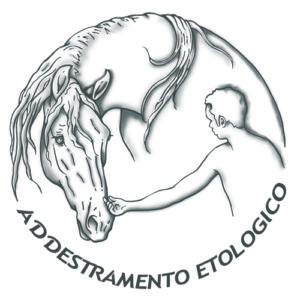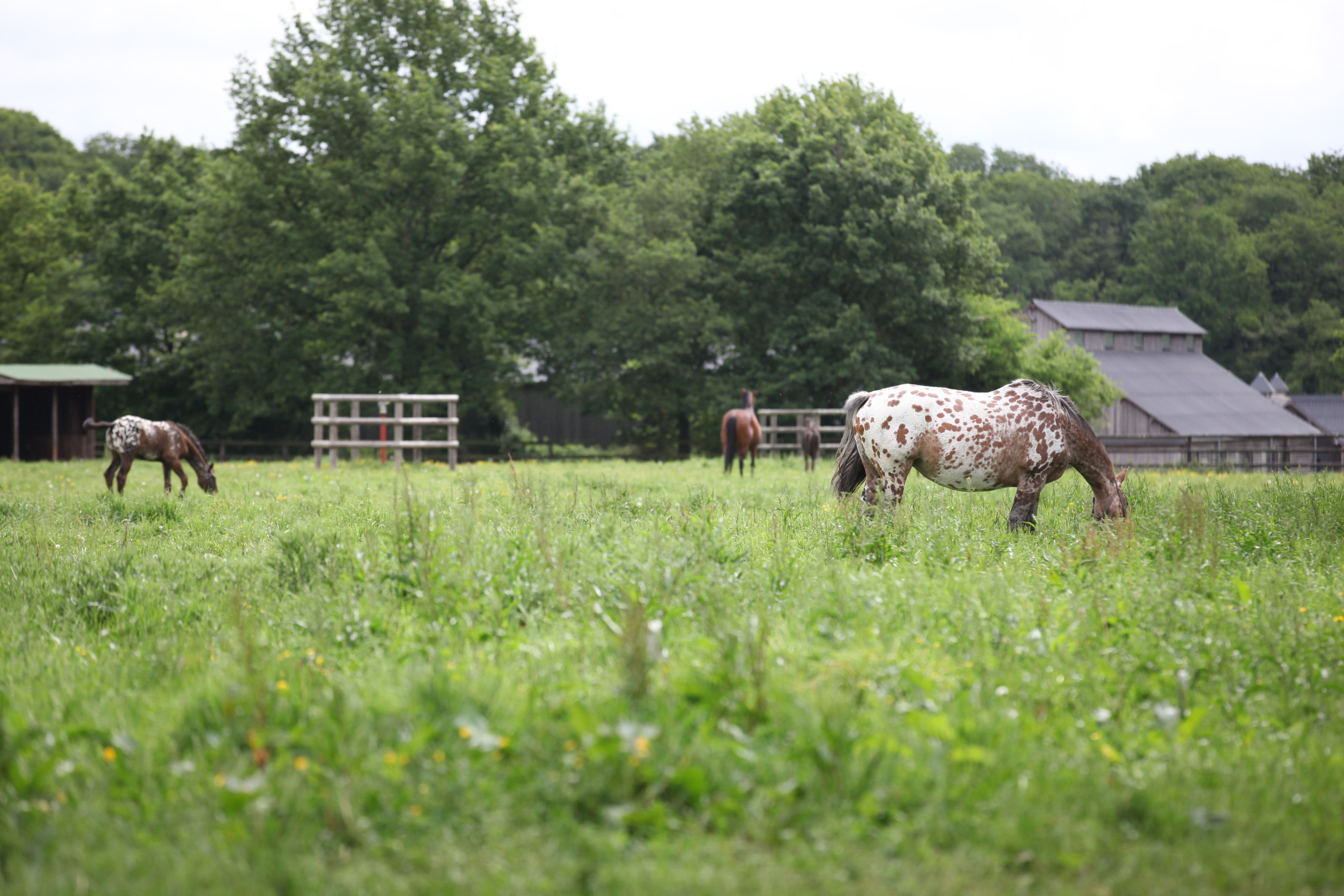THE MENTAL TRAINING OF HORSES AGED BETWEEN 0 AND 3
The period of greatest learning of a horse is from the first months of life up to 2-3 years of age
MARCO PAGLIAI E ALBERTO ALESSI
According to studies and research based on the science of ethology, it is from the first months of life up to two-three years of age that the horse forms his personality and develops physically and mentally, preparing to enter the second phase of training and, subsequently, to the first approach to the world of equestrian sports. In most cases, foals are kept at the breeder’s stud from when they are born until the real physical preparation begins, in environments lacking stimulation and with very little interaction with humans. This way the horse’s most receptive time goes to waste. In fact, this is the time that should be ‘used’ to create the foundations of the horse’s future sporting career. It is essential for the foal to learn to experience training and have a positive relationship with humans, to develop curiosity and ‘problem solving’ skills. In this way the horse prepares to accept what his future life will be in a tranquil and willing way. Knowing, understanding and researching how to use the right rules of the horse’s learning theory becomes the added value in being able to enhance his qualities and help it overcome difficulties during his growth and throughout his life. Thanks to selection and genetics, the standard of the horse’s physical and athletic qualities is at a very high levels. What is needed is to work on the horse’s mind to grow new champions for the future. Anyone who decides to dedicate themselves to the growth of a sport horse which is healthy in mind and body must be trained on ethical, ethological principles and technical competence in the learning and training phases.

‘Addestramento Etologico’
The Italian ‘Addestramento Etologico’ team has developed a study and a mental preparation program for foals from 0 to 3 years old to prepare them, through targeted exercises, for the second phase of work with the rider. Here is some food for thought taken from the ‘Addestramento Etologico’ study which highlights some of the main ethological characteristics of the horse.
The temperament and the character
Temperament indicates a horse’s predisposition to react to the environment and stimulation in a certain way. Although temperament is linked to genetics and manifests itself in the first years of life, it is influenced by the environment in which the horse lives. Instead, the horse’s character is shaped by his life experiences, by the environment and interaction with his peers (especially at a young age). Character is the result of the interaction between the influence of the environment and the genetic and social heritage of the horse. Character is therefore modifiable because it is the result of experience and adaptation between his needs and the external experiences. Making the horse experience the hierarchy of the herd as in nature allows him to develop important character traits to have a balanced and adaptive mentality. Instead, turning out foals together with the intention of making them socialize is a serious mistake that encourages foals with a stronger nature and represses the more submissive ones.
The relationship with man and the Scientific research
Horses living in the wild are very confident and skilled at ‘problem solving’. This is also why many breeders leave their foals wild and away from people up to three years of age. However, the late interaction with man makes the entire relationship with the foal more complicated because it occurs at the same time as the actual training work and breaking in begins. On the other hand, it is necessary to know very well how to interact with the foal according to the principles of his nature to avoid running into ‘human’ errors…. Scientific research has shown that three out of ten foals do not reach adulthood to carry out the activity for which they were bred. This is clearly due to a lack of individual interpretation of the horse and a low ability to create an individual preparation plan. Standardized training for each foal is a limit for the development and discovery of a horse’s true potential.

THESE STUDIES, PROVEN BY DIRECT EXPERIENCE, HIGHLIGHT THE NEED TO THOROUGHLY UNDERSTAND AND LEARN TO CORRECTLY APPLY THE RULES OF HORSE’S LEARNING FOR ANYONE WHO WISHES TO DEDICATE THEMSELVES TO THE TRAINING OF A SPORTS HORSE.




